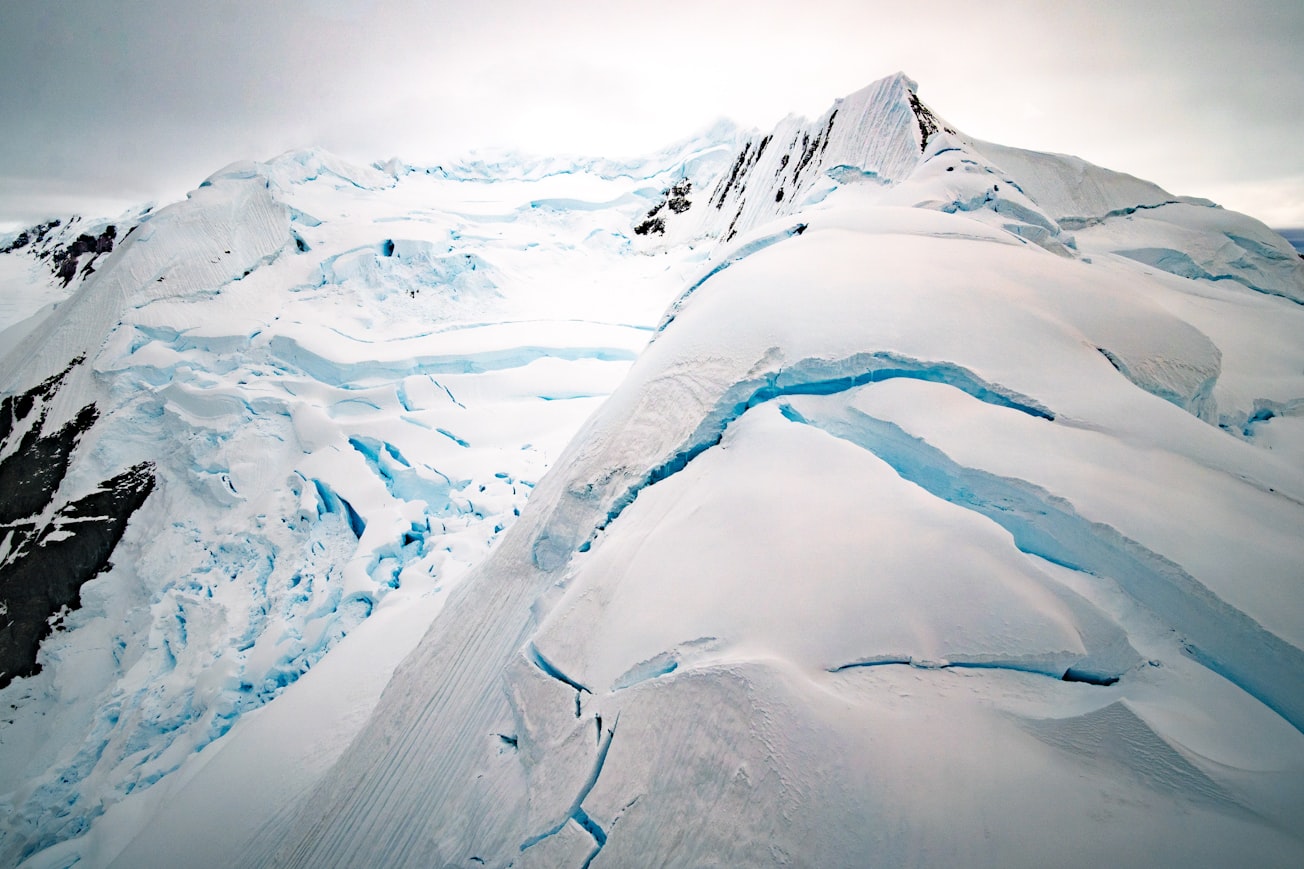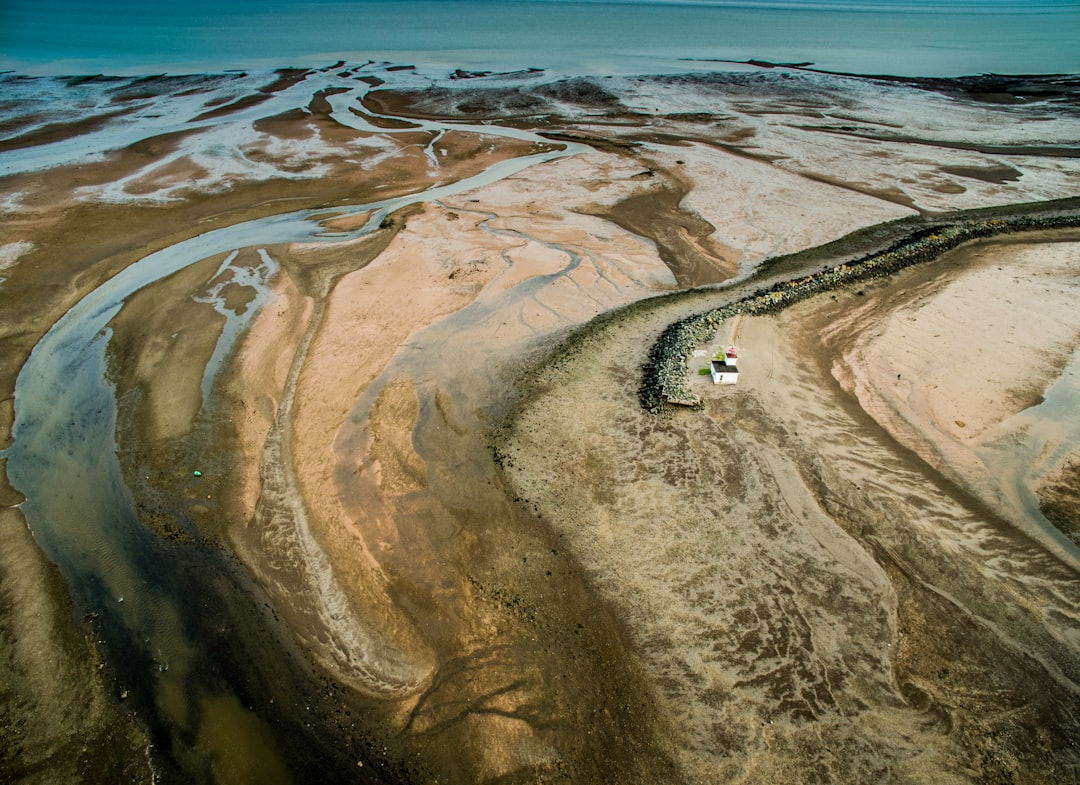What is it about?
A sedimentology study of windblown dust sources, dispersal and accumulation on sea ice in McMurdo Sound, Antarctica.
Featured Image

Photo by Rod Long on Unsplash
Why is it important?
This study provides quantitative data of dust accumulation on sea ice over a 3,000km2 area of McMurdo Sound, the first study to do so. It also explores local wind fields to determine probable dispersal patterns and dust transport distance beyond the field area. It uses volcanic glass to prove provenance of source material.
Perspectives
The field work for this publication could only be described as exceptional. We spent four weeks on snow-mobiles, traversing by GPS a plotted grid-pattern over the sea ice that fringes the Scott Coast of McMurdo Sound. At every waypoint, we stopped and dug a snow-pit, taking a profile of clean snow. The person doing the sampling wore a Tyvek bunny suit to reduce contamination because we were interested in what might be found in that snow. The days were long and challenging, but the hard work was amply rewarded with encounters with Weddell seals, Emperor penguins and snow petrels. That year, there were multiple, large icebergs grounded in multi-year sea ice making traversing some parts slow-going but provided spectacular photos. Sastrugi, flat light and a katabatic wind also made some days more challenging than others in the Antarctic elements. The sample set obtained is unique and provided us a picture of dust distribution over the sound from two main provenances. I'll let you read the paper to find out what these are.
Ms Jane Chewings
Victoria University of Wellington
Read the Original
This page is a summary of: Aeolian sediment transport and deposition in a modern high‐latitude glacial marine environment, Sedimentology, March 2014, Wiley,
DOI: 10.1111/sed.12108.
You can read the full text:
Contributors
The following have contributed to this page










